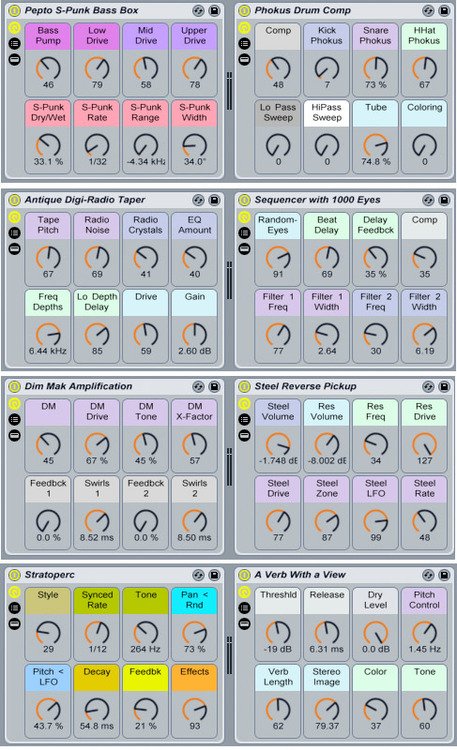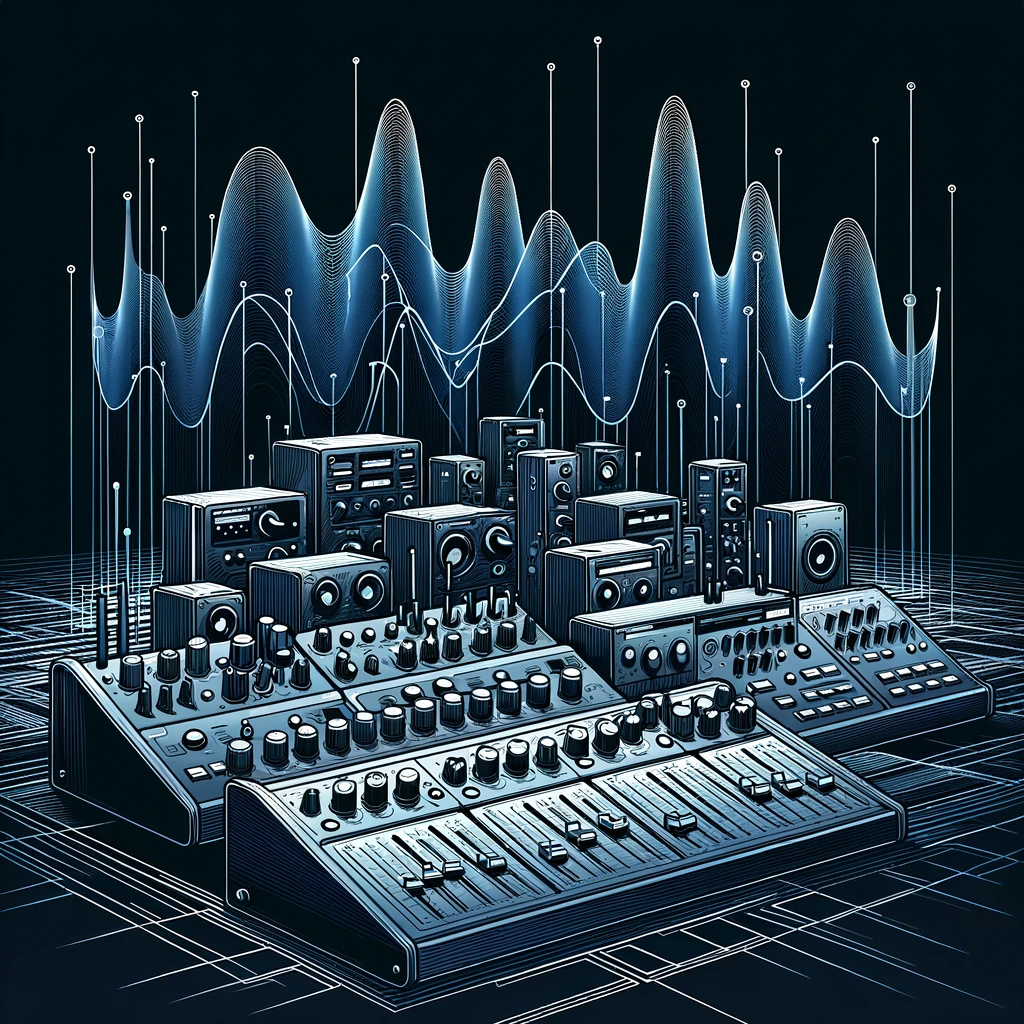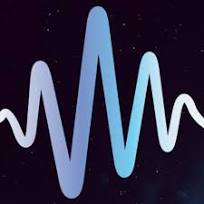Creating music that captivates and resonates often involves more than just laying down a basic melody and beat. It requires an understanding of how to add depth, texture, and character to your tracks.
In this blog post, we'll delve into an advanced production technique using Ableton Live's Effect Rack, demonstrated by Mike in his latest episode of "Making Beats with Mike." By the end of this guide, you'll have a solid grasp on how to transform a simple guitar loop into a rich, multidimensional piece of music.
Understanding the Basics: The Effect Rack in Ableton Live
Ableton Live's Effect Rack is a powerful tool for producers looking to explore the depths of sound design and enhancement. It allows you to layer multiple effects on a single track, creating complex soundscapes from simple recordings. The beauty of the Effect Rack lies in its flexibility and depth, enabling producers to experiment with various combinations of effects to achieve the desired sound.
The Process: Layering Effects for Richness and Depth
Mike's process begins with a basic guitar loop. He pairs this with a simple drum pattern, but quickly notes the composition feels somewhat bare. This observation leads him into the realm of effect layering, a technique that can significantly elevate a track's quality.
- The Dry Layer: The foundation of the effect stack starts with the guitar loop itself, unaltered. This layer serves as the core of the sound, maintaining the original tone and melody.
- Adding Reverb for Spatial Depth: The first effect layer introduces reverb to the guitar loop. Reverb is crucial for adding space and dimension, making the sound more lifelike and less confined. By adjusting the reverb settings, you can simulate different environments, from small rooms to vast halls, adding a sense of atmosphere to the track.
- Incorporating Echo for Textural Complexity: The next layer features an echo effect, panned to the left to create a sense of movement and width in the stereo field. Echoes can add rhythmical complexity and a sense of continuity to the sound, extending the guitar's presence across the mix.
- Pitch Shifting for Tonal Variation: The final layer introduces a pitch shifter, dropping the guitar loop by -12 semitones. This effect creates a deeper, almost bass-like texture that contrasts with the higher tones of the original loop. Pitch shifting is a powerful tool for adding harmonic depth and can be used creatively to generate melody lines or counterpoints within the same instrument track.
The Essence of the Effect Rack
Ableton Live's Effect Rack is a dynamic tool allowing producers to chain multiple effects in a single device. This capability enables intricate sound manipulation and customization, offering endless creative possibilities. Understanding how to effectively use the Effect Rack is essential for anyone looking to elevate their music production.

Step-by-Step Guide to Using the Effect Rack
- Layering Effects for Depth and Texture
- Start with a simple sound or loop and gradually add effects to build complexity.
- Experiment with different combinations of effects, such as reverb, delay, distortion, and EQ, to find what enhances your track.
- Manipulating Parameters for Unique Sounds
- Adjust the parameters of each effect within the rack to tailor the sound to your liking. Automating these parameters can add movement and interest to your track.
- Utilizing Macro Controls for Flexibility
- Map the most crucial parameters to the Effect Rack's macro controls. This allows for easy adjustments and automation, giving you quick access to tweak your sound during live performances or in the studio.
- Creating Custom Effect Chains
- Craft your own signature sound by combining effects in novel ways. Save these chains as presets for future use, ensuring a quick workflow and consistent sound across your projects.
Practical Applications and Creative Tips
- Spatial Depth: Use reverb and delay to add depth to your mix, making elements feel more distant or closer.
- Dynamic Textures: Combine filters and modulation effects to create evolving textures that keep the listener engaged.
- Character and Tone: Distortion, overdrive, and saturation can add warmth and character to your sounds, making them stand out in the mix.
Enhancing a Guitar Loop
Consider a basic guitar loop. By applying reverb, we create a sense of space. Adding echo with slight pan settings introduces a stereo width. Finally, pitch shifting down by 12 semitones on a separate layer can give us a rich bass texture, completely transforming the original loop into a full, engaging piece.

Final Words
Layering effects using Ableton Live's Effect Rack is an art form that allows producers to express their creativity and technical skill. By starting with a simple element, like a guitar loop, and progressively adding layers of effects, you can build a sound that is rich, textured, and full of character. Remember, the key to successful effect layering is experimentation and fine-tuning; each layer should complement the others, enhancing the overall sound without overpowering the original recording. Mike's demonstration serves as a starting point, inspiring you to explore the infinite possibilities within Ableton Live's Effect Rack.








Comments